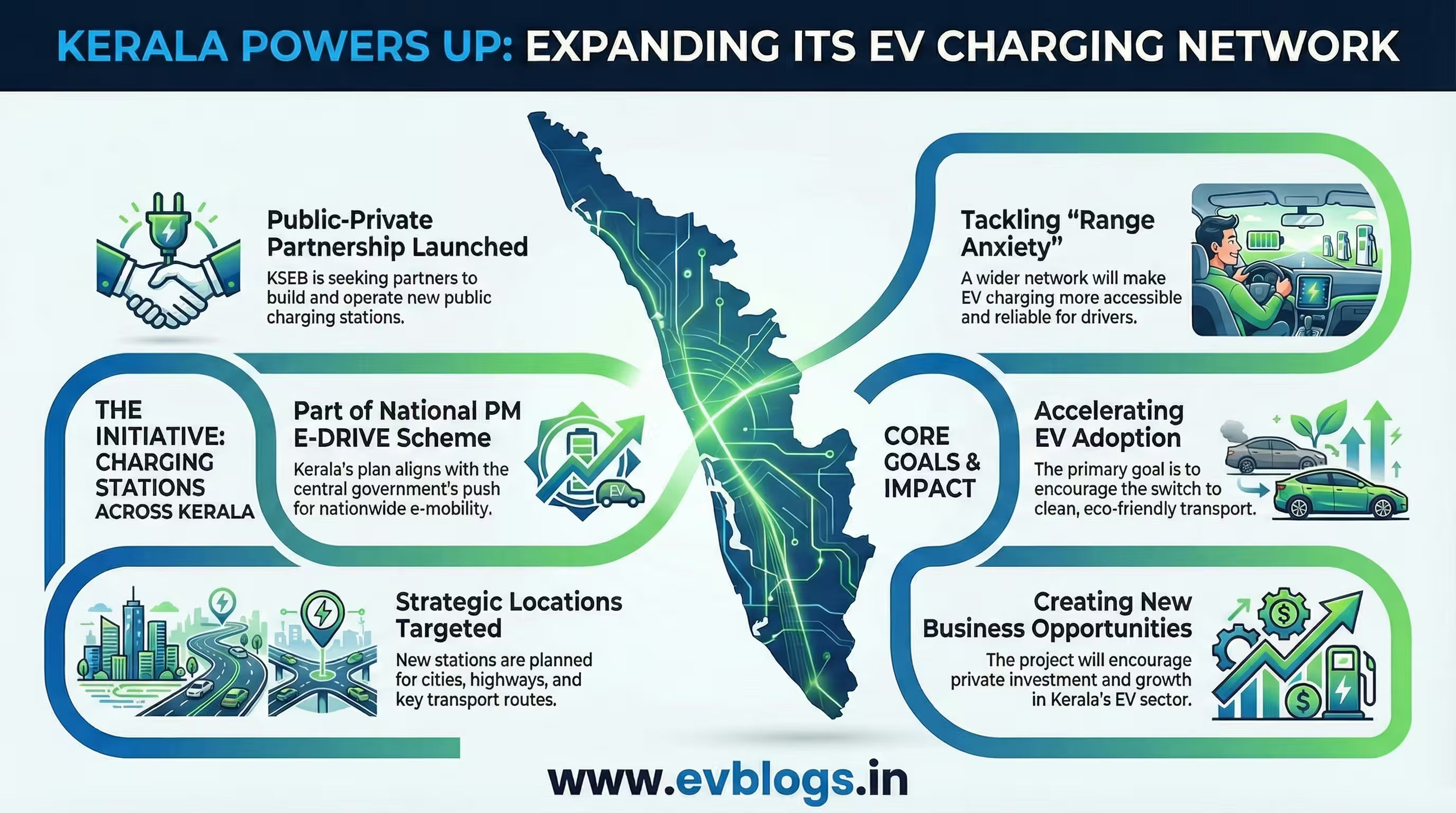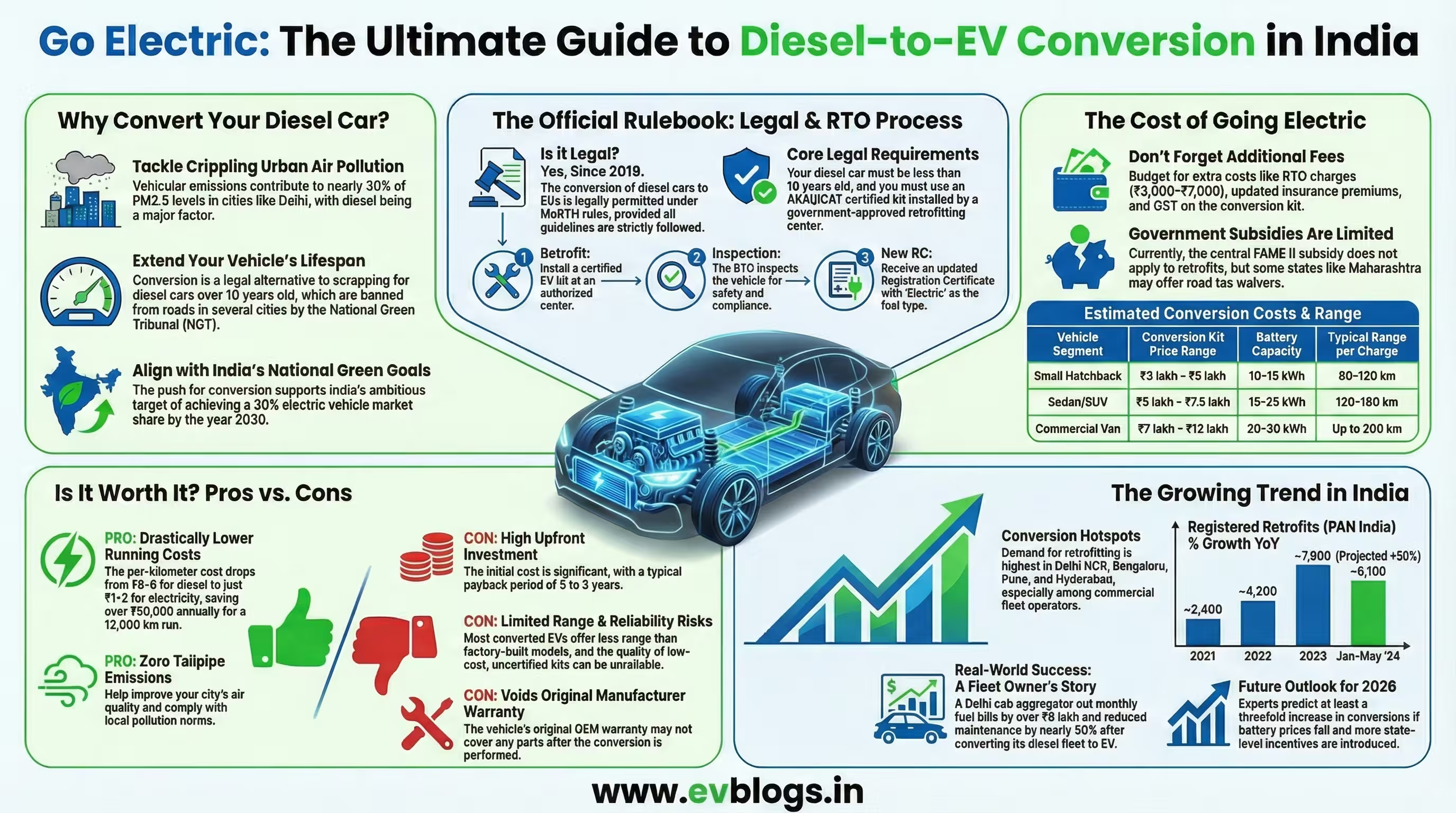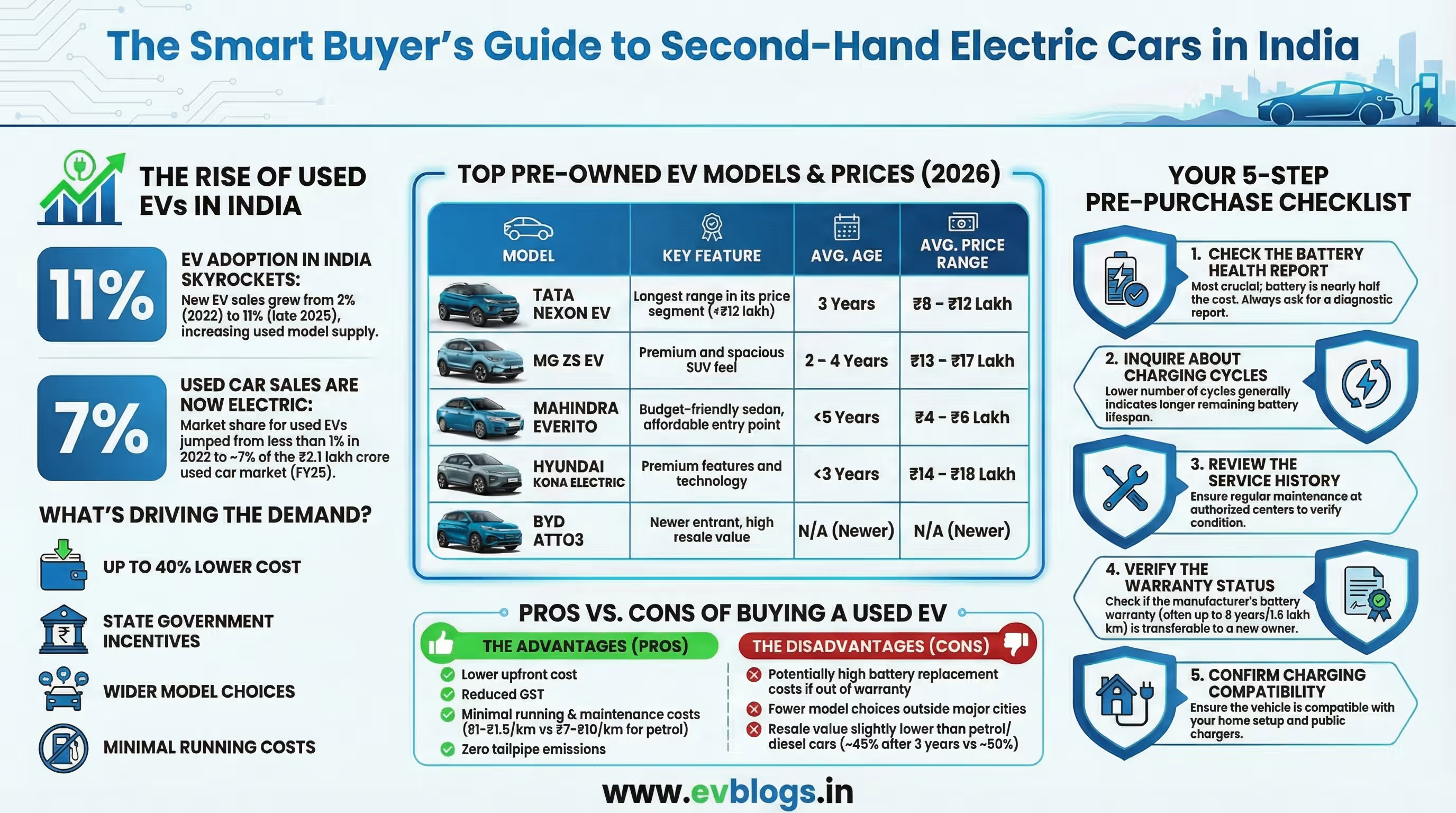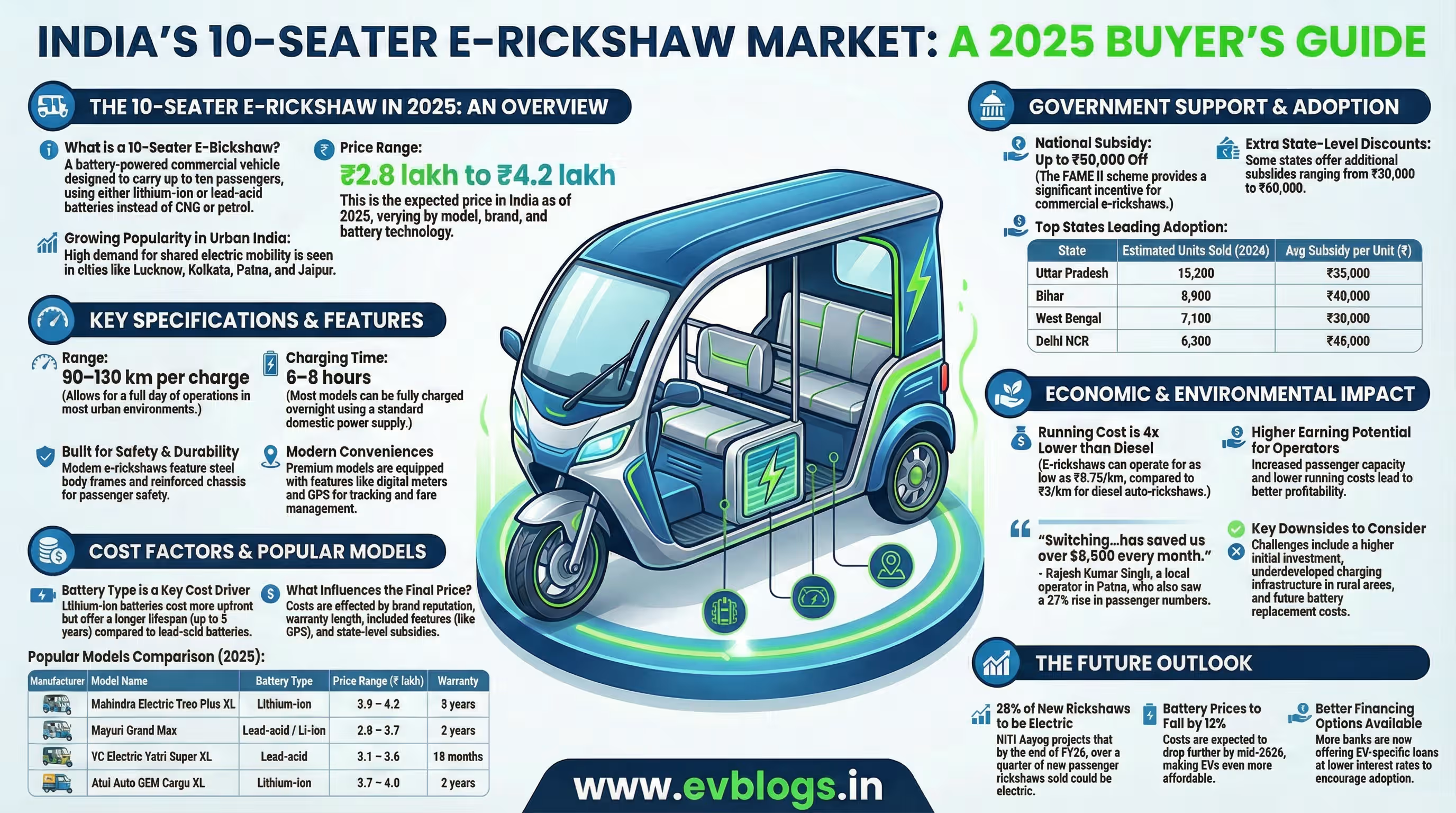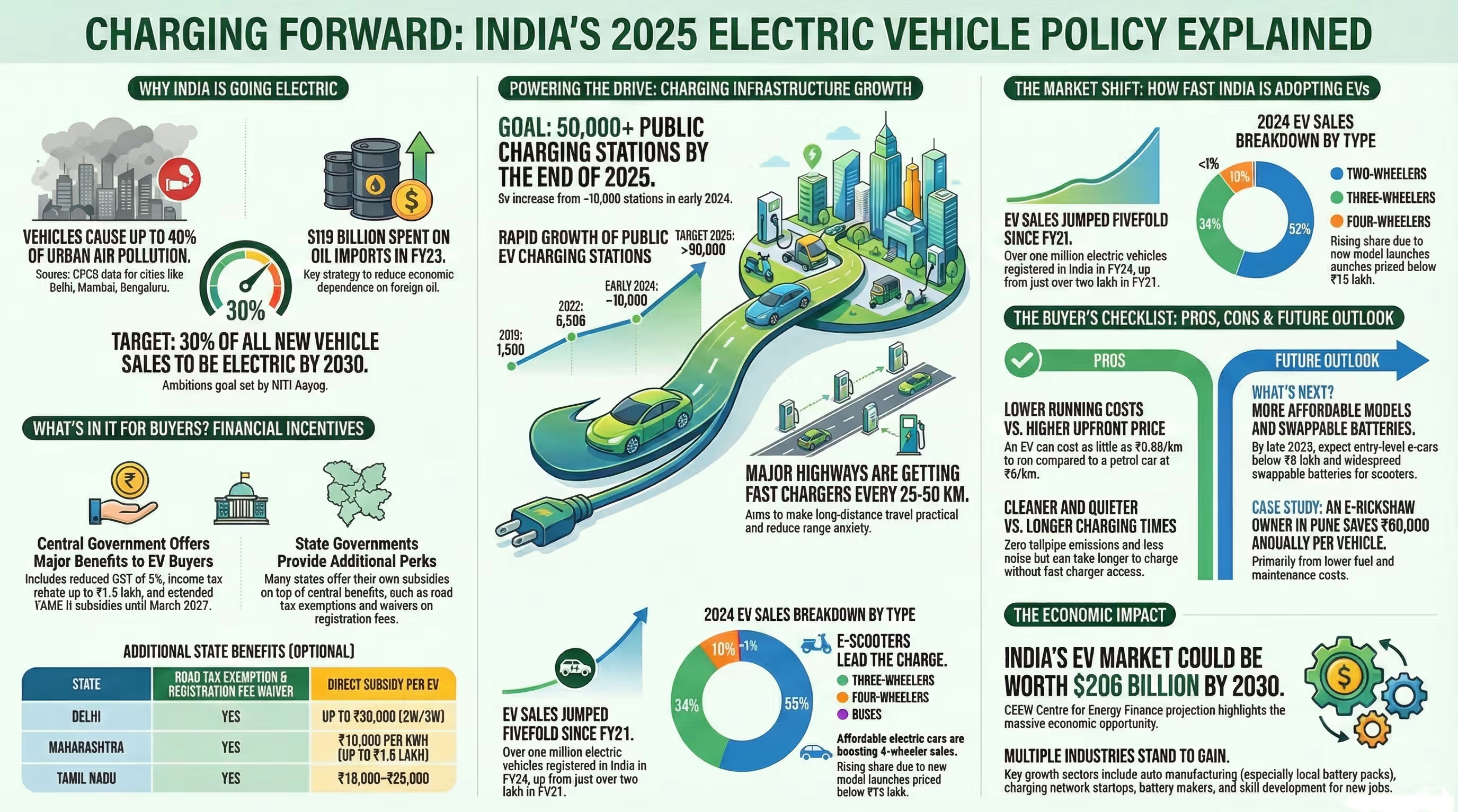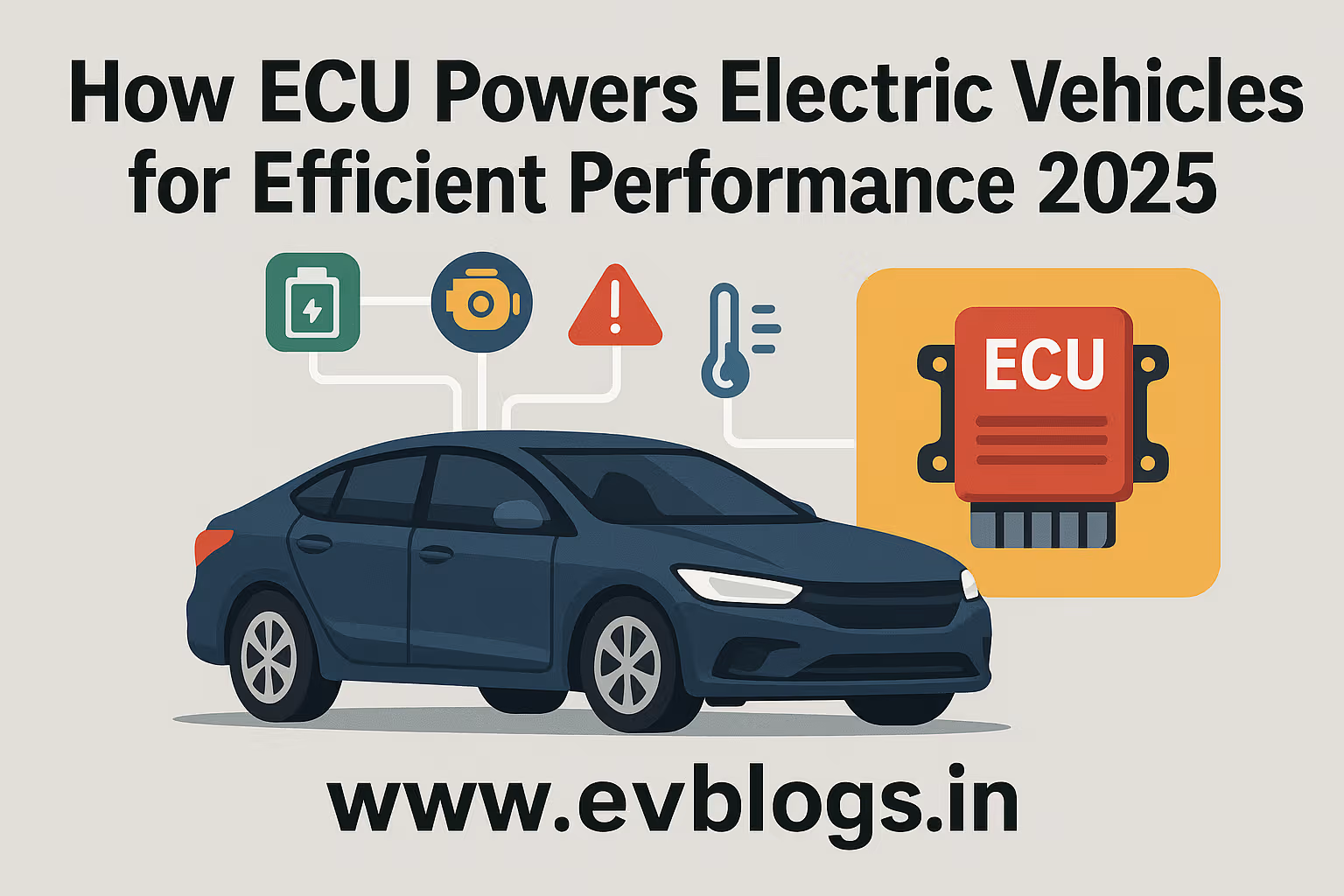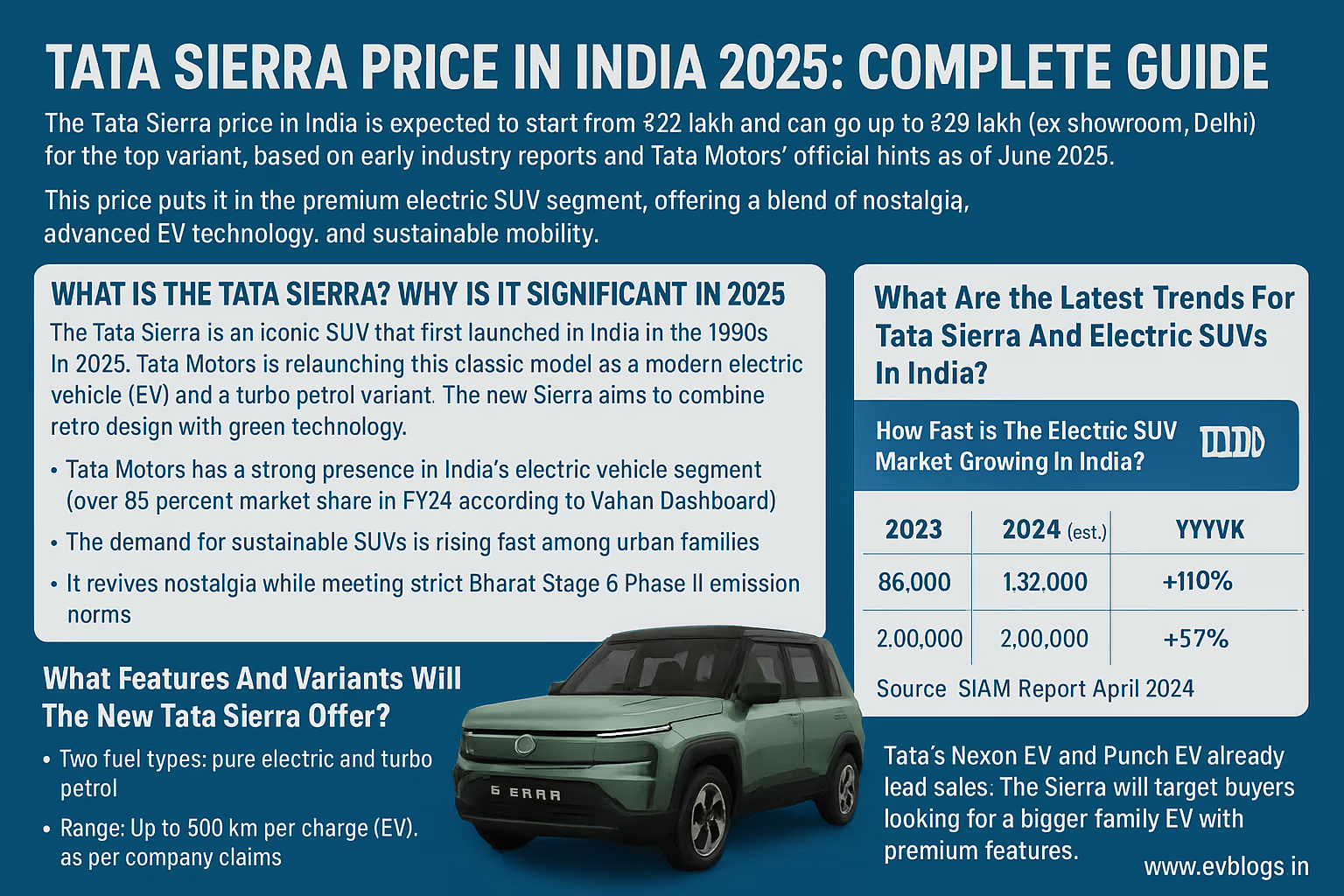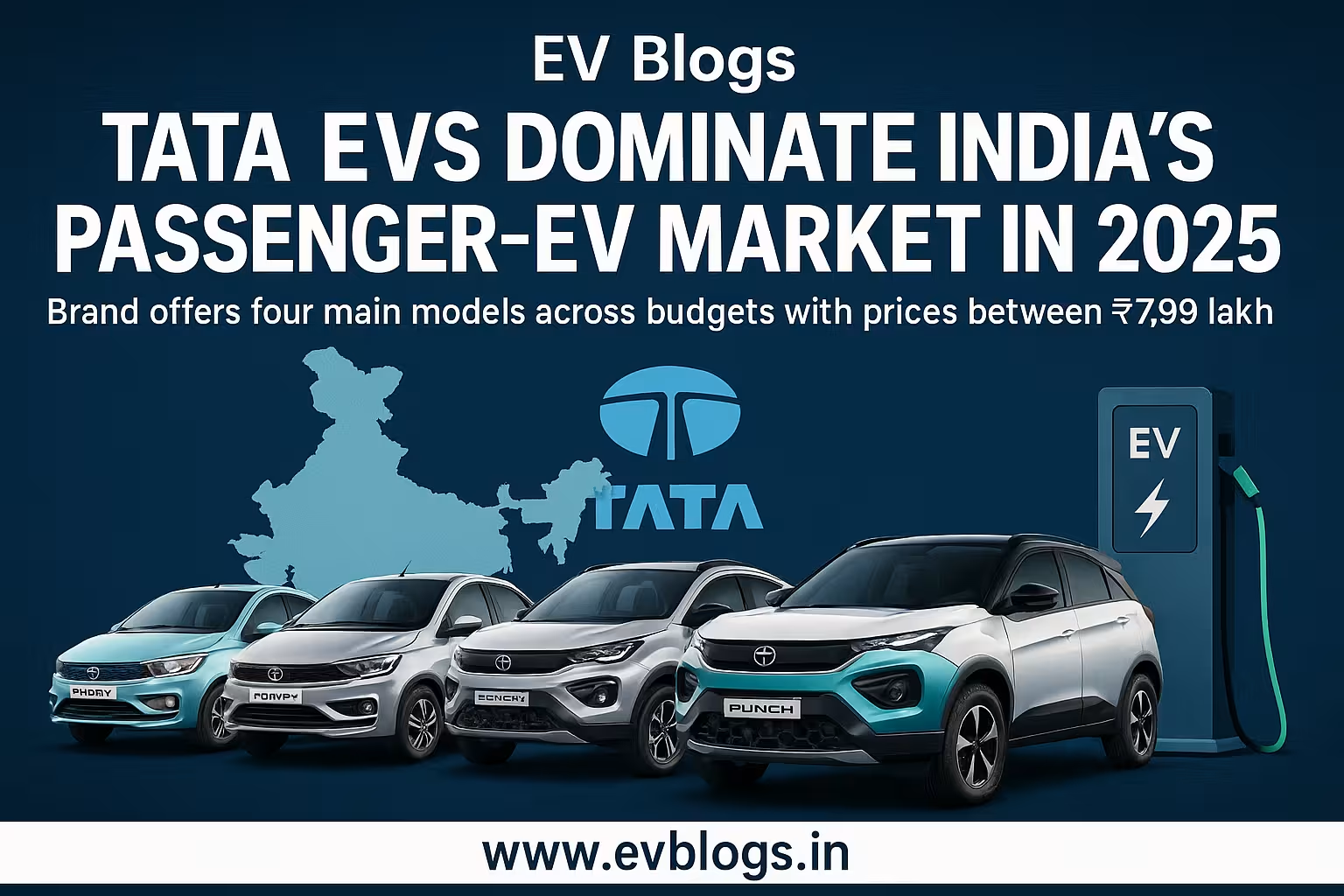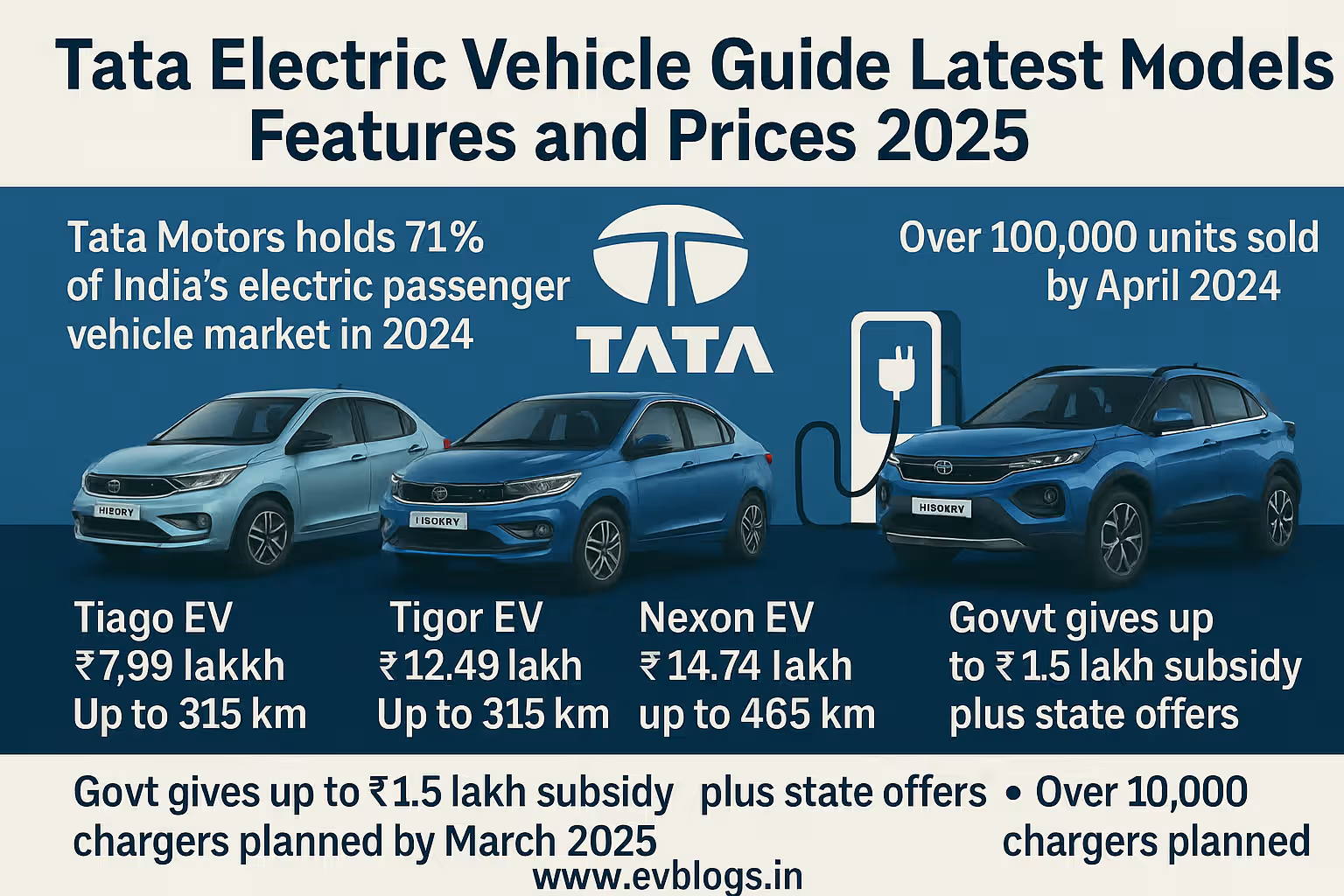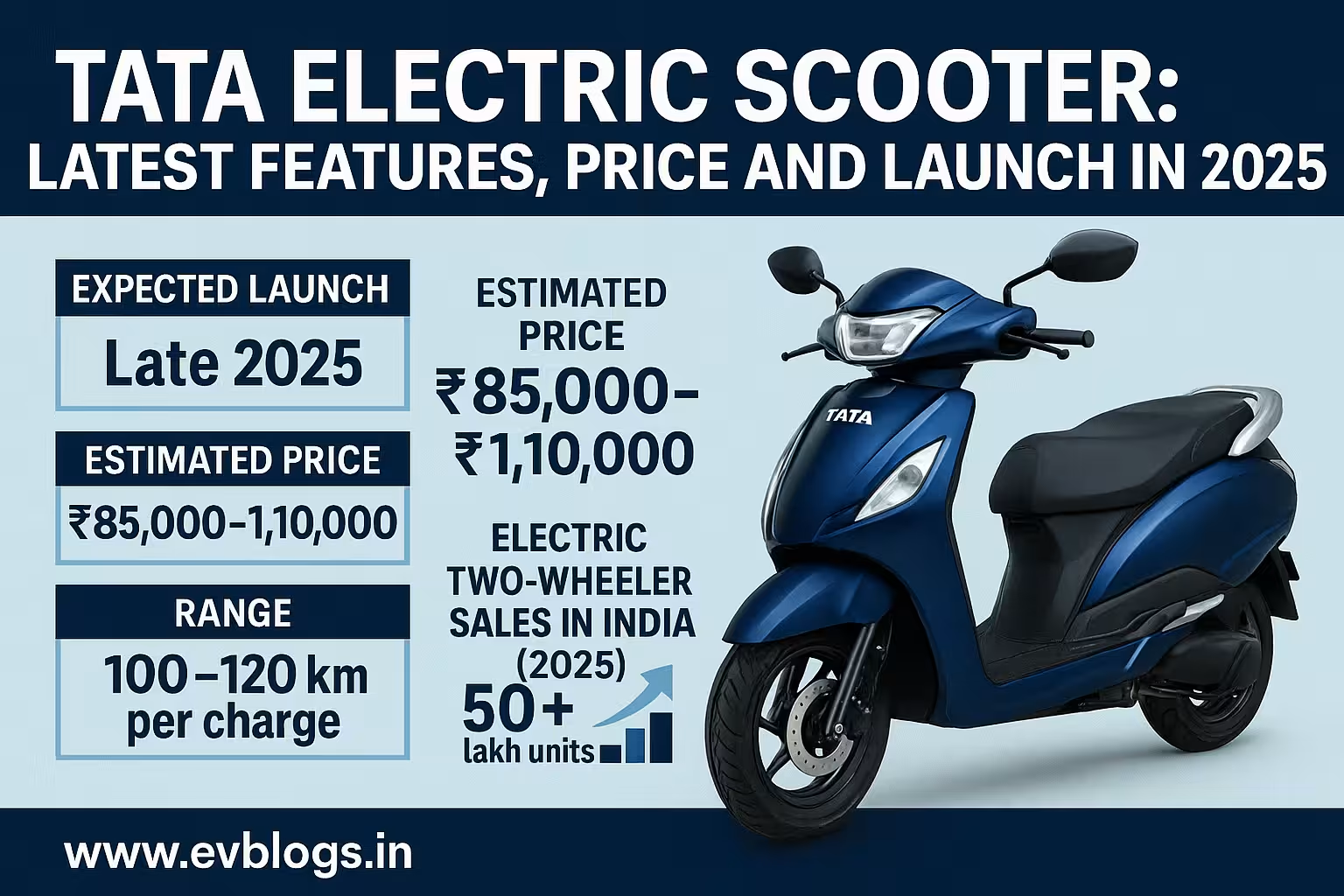Hedhvick Hirav
Hedhvick Hirav is a dedicated EV researcher and editor with over 4 years of experience in India’s growing electric vehicle ecosystem. Their contributions have been recognized in leading sustainability publications and automotive journals.
Summarize & analyze this article with
Choose an AI assistant and open this article directly:
Tip: if the AI doesn’t fetch the page automatically, paste the article URL manually.
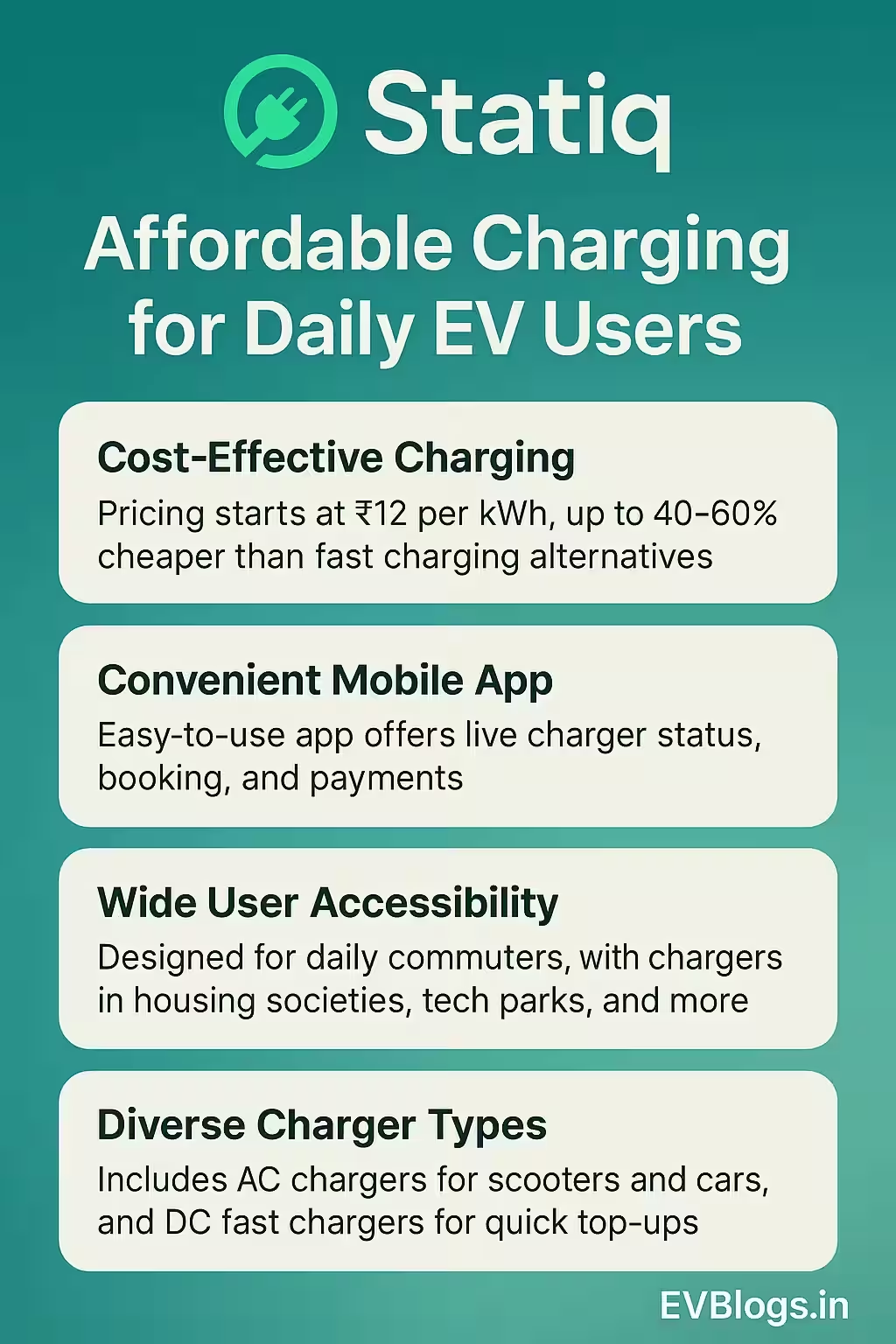
Electric vehicles (EVs) are no longer a concept of the future in India, but it is a reality that is taking place at a galloping pace. However, when any EV owner is asked the most problematic thing about driving an EV, few will respond by saying battery life, or EV cost. They will ask: “Where can I charge conveniently, and without having to part with a lot of money?”
That is what Statiq is addressing.
Where other EV infrastructure startups compete to install premium charging ports and highway charging stations, Statiq is concentrating on the actual daily requirement–low cost-effective EV charging to domestic users. This blog is the in-depth exposure of how Statiq is secretly creating one of the most human-friendly EV charging networks in the nation.
Eureka Debunking the Myth EV adoption vs. charging reality semver-3-11-0
India is trying hard to go electric. Government is implementing subsidies The automakers are introducing new EV models on a quarterly basis Take the example you are driving 4050 km per week in your Tata Nexon EV. They’re climbing.
The biggest barrier to EV adoption by users in urban and semi-urban environments, however, remains viable and accessible charging infrastructure. The majority of the fast-charging locations are restricted, pricey and designed to be used on traveling. They would not be suitable to those individuals who need to do a top up in the course of their daily activities whether during the working hours or shopping.
This is the strong point of Statiq You never use a 25/kWh charging station everyday. You are looking for something cheap, convenient, and accessible at your time.
Who Is Statiq?
The market that mean? 120
Statiq is an EV charging start-up based in Gurugram that was initiated in the year 2020 by Akshit Bansal and Raghav Arora. As everyone was coming in with the idea of highway fast chargers, Statiq took an alternate path–literally and strategically.
They mainly targeted the urban and semi-urban centers, locating them in places where people stay, work, and enjoy their leisure. How can we ensure charging is inexpensive and easy to the layman? It is not luxury EV users- but the increasing number of ordinary EV owners who are using electric scooters, hatchbacks, and small SUVs to travel daily.
Today they have a network across Delhi NCR, Jaipur, Chandigarh, Bhopal, Indore, and a range of tier 2 and tier 3 cities- with thousands of charging points already live and more being added every month.
The Strategy Behind Statiq
It was not only to create a network but a network that people will find useful to use every day.
Statiq raised the most basic question that is overlooked in the EV system:
The Cost Factor: Statiq is Currently the Lowest Priced Charging Solution in India thought it was quite expensive to charge a vehicle in India, and now it costs the least with Statiq.
Their answer:
- Install chargers in common places: apartments, offices, cafes, malls and hospitals.
- Provide AC and DC chargers, based on application and economics.
- Make charging rates affordable- even slow charging.
- Develop an uninterrupted app experience so that users do not have to waste their time in search of available chargers.
Its 14-point policy makes use of partnership with the local authorities, RWAs, and businesses to ensure the integration of chargers into the daily routine of the city.
Booking of slots: Book a time.
Now, let us look at the thing that is of the essence to the users- money.
The charging cost of an EV in a fast-charging station in most Indian cities is anywhere between 20-30 INR per kWh. This comes to 600-900 rupees to charge a full quota of a car such as the Tata Nexon EV (30 kWh battery).
Instead Statiq provides:
- Charging at 12R-18R per kWh balls
- DC charging at 18 to 22 per kWh in selected locations
In place of charging your EV fully costing ₹800, you may end up only paying ₹350- 500 on Statiq. This saves up to 40-60 percent and recurrent users save a lot of money in a month as they charge many times a week.
Depending on the electric scooter, you are riding, e.g., Ather 450X or Ola S1, it costs you usually less than 50 rupees to charge.
Statiq App Experience: Making the Process of Charging Effortless
Statiq mobile app is not merely useful, as it is created intuitively.
The biggest reason why many EV drivers do not use public chargers is due to a lack of knowledge of available charging stations, costs they face and the compatibility of plugs. Statiq solves all these with a simple and well-designed application.
Key functionality of the Statiq App:
- No guesses. Charger availability in real time:
- Billing history: View your billing history sessions and bills.
- Price transparency: View the price of kWh prior to charge.
- Various options of payment: UPI, Paytm, Credit Card, Wallets.
- Charging progress ticker: See the amount of time left till your battery is charged.
In 2025, India has more than 7000 charging points with majority of them in the north and central region of India.
It makes what would have been frustrating into a hassle-free practice.
What Are the Locations of Statiq Charging Stations? although it is true, what are the locations of statiq charging stations? {wp-block-heading}
- Gurugram, Noida, Faridabad, South Delhi, East Delhi, NCR Delhi
- Among important places are the following:
- An Overview of Hardware, Statiq Types EV Charger
- In collaboration with local authorities Chandigarh & Mohali
- Jaipur & Udaipur: Found in shopping centers, clinics and bistros
- The three cities are Bhopal, Indore and Gwalior: Supported by local RWAs and the authorities of the city
- Pune, Ahmedabad, Bengaluru (pilot): Rampant expansion is happening
All these places will have a combination of AC and DC chargers, with well laid out markings and signage. A lot of them are solar grid powered especially at Tier 2 deployments in cities.
Used in apartments, shopping centres, offices
Statiq offers a variety of EV chargers to satisfy various automobile and requirements.
Chargers (3.3 -22 kW)
- Ideal to charge during the night, or overnight day-time charging
- Snelllastnachrüst-Systeme (30 kW, 60 kW)
- Suitable in case of two-wheelers and privately held vehicles
- Very cheap unit cost
- Safe and stable to Indian power grids
In the office scenario they provide personalized EV zones to the staff and visitors.
- Found in trade centers, and major areas of people
- This is convenient to be used in fleet vehicles, cabs, and highway rest areas
- It has a charge to last 30-45 minutes between 20 and 80 percent
- A bit pricier than AC and yet not that expensive
AC-001 and DC-001 Bharat Standard Chargers
- Compatible with the majority of Indian EVs
- Government-supported specs
- Suitable to electric autos and small cars
Upcoming
- Statiq is testing Level 2 smart chargers that have dynamic load management and are remotely supported
- Battery swapping solutions are in pilots on two-wheelers and small fleets
Partnerships and Alliances: Scaling Up mainstreams concepts and practices of partnerships and alliances in our own individual ways.
The speed of Statiq growth can also be explained by the fact that it establishes strategic partnerships.
Real-Life User Stories Saltcom was a company in expansion and wanted to be one of the most successful companies selling salty food such as cheese, snacks, nuts and crisps. The core of the context is technology, the industry of selling salty food and the company itself Saltcom.
- Hero Electric: Statiq stations will support all the types of scooters offered by Hero and there will be dedicated charging bays in metro cities.
- Hyundai India: Having Chargers at showrooms and service centers to do test drive and provide new electric vehicles buyers.
- Lemon Tree Hotels: They get to charge overnight as guests. Stations found on the app of Statiq.
- Government agencies: Government agencies in MP, Rajasthan, and UP have collaborated to help in policy support of EVs.
- Real Estate Developers: Statiq installs society-based chargers in DLF, ATS and Omaxe residential townships.
These alliances turn deployment of Statiq organic and integrated into the real infrastructure, and not bolted on.
Satiq in Residential Buildings and commercial buildings
Satiq does not only erect public chargers. They are in close collaboration with:
- WAs (Resident welfare Associations)
- Corporate parks
- Tech campuses
- Retail outlets
The apartment societies have an option of shared AC chargers with RFID access, billing, and 24-hours tech support. A 38-year old Ajay Mehra, Delhi NCR
Statiq will also bring in electrical vehicle foot traffic and revenue to shop owners and gyms through pay-per-use charging. It is a win-win one.
To run the car is costing me less than 500 rupees a month.
Deepika Sharma campaigns from 26 via Chandigarh
I use my MG Comet to commute to office. Outside my office building there is a Statiq charger. Nikhil Joshi 45, Indore I can not imagine using petrol again."
was unacceptable, and the interest of the environment and clean energy in Israel was unacceptable to deserter
Statiq is an easy life as a food delivery partner on an Ola S1. I charge with lunch It is analogy, which is credible and secure–which is really what you want at odd hours of the night."
Our RWA has had Statiq put in at the basement. All the people on our block have gone EV. It is as though we have a petroleum pump at home."
Roadmap: Statiq Growth Roadmap ( 2025- 2030 )
The number of publicly available charging points in India will have reached 100,000 and 25,000 points privately installed in India by 2030.
Statiq is not only solving an infrastructure issue–it is participating in India mission on clean energy.
Here’s how:
- Green Integration: A number of stations, particularly in Tier 2 cities are solar powered.
- Energy saving Smart Load Management: Helps avoid load surges at peak times.
- DISCOM Collaboration: Charging stations according to the requirements of the state grid.
- Future: Statiq will enable customers to monitor and offset their carbon cost savings of using an EV.
What can we expect to see Statiq do next in their quest to take over the Indian market of EV charging:
- Open 10 new cities in the South of India and 5 more in the Northeast. Introduce subscription based packages on regular consumers.
- Introduce battery-swapping pilot programmes in two-wheelers.
- Introduce charging APIs in Ola, Ather and Tata EVs with Google Maps and EV dashboards.
- Build 500 solar-derived EV-charging zones in 2nd and 3rd grade towns.
- By 2030, reach 100 000 charging points on the streets and 25 000 points installed privately in India.
Last Word: Why You should be Concerned about Statiq
So, if you are among the few hundred thousand Indians who use the EVs not to go on adventures, or long-range drives on the highway-but just your normal daily life in the city- then Statiq can be the best charging network to join.
It is not about passing bells and whistles. It is a question of affordability, availability and trust.
Statiq knows Indian EV consumers They understand the problems that we have with charging. And they are creating a network not only on the wealth category or the early adapters- but on the common Indian who has decided to switch to electric.
And if you have not tried Statiq yet, this is your sign. Download the app, locate a nearby charger and plug into India most practical EV charging solution.


